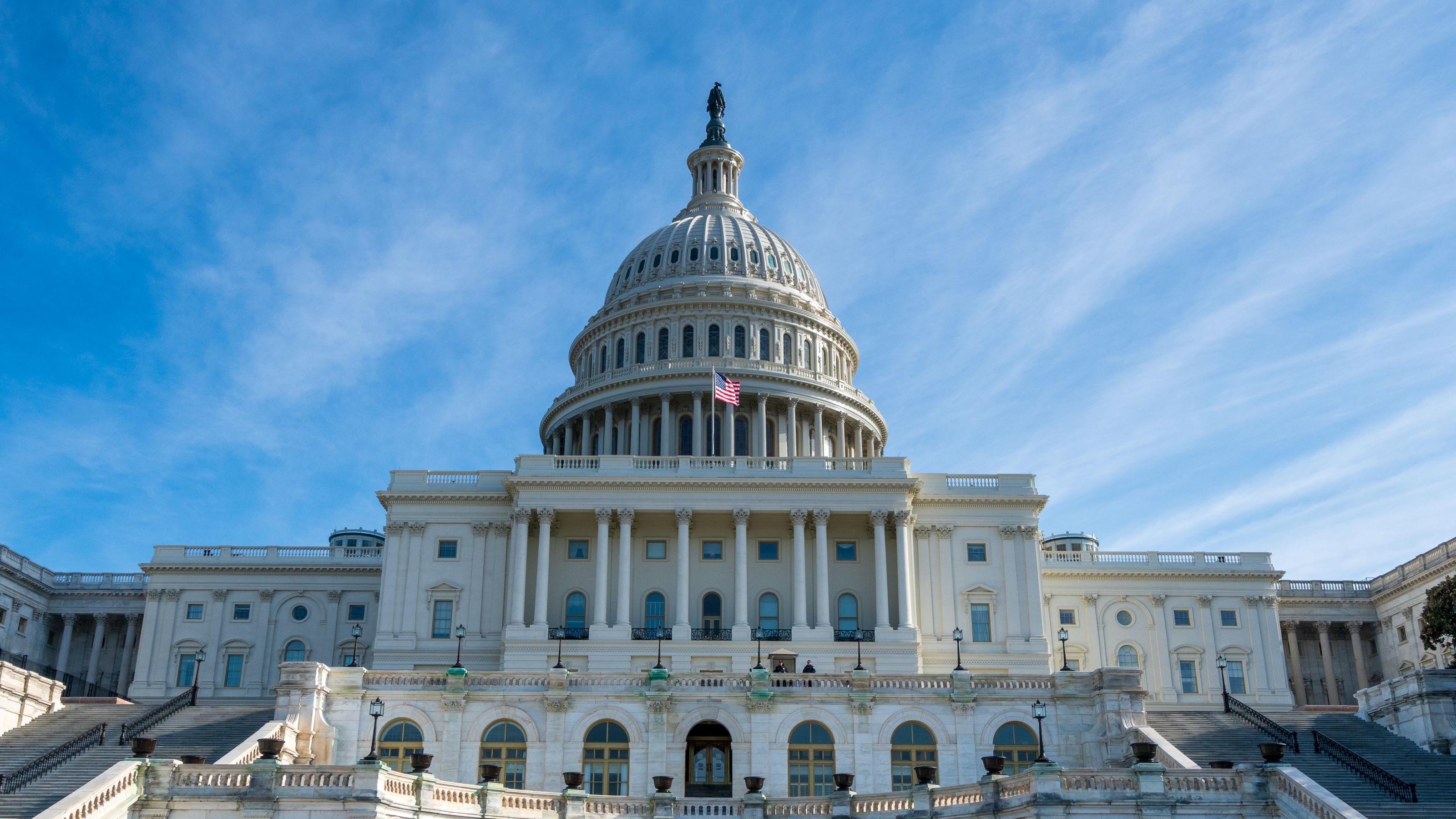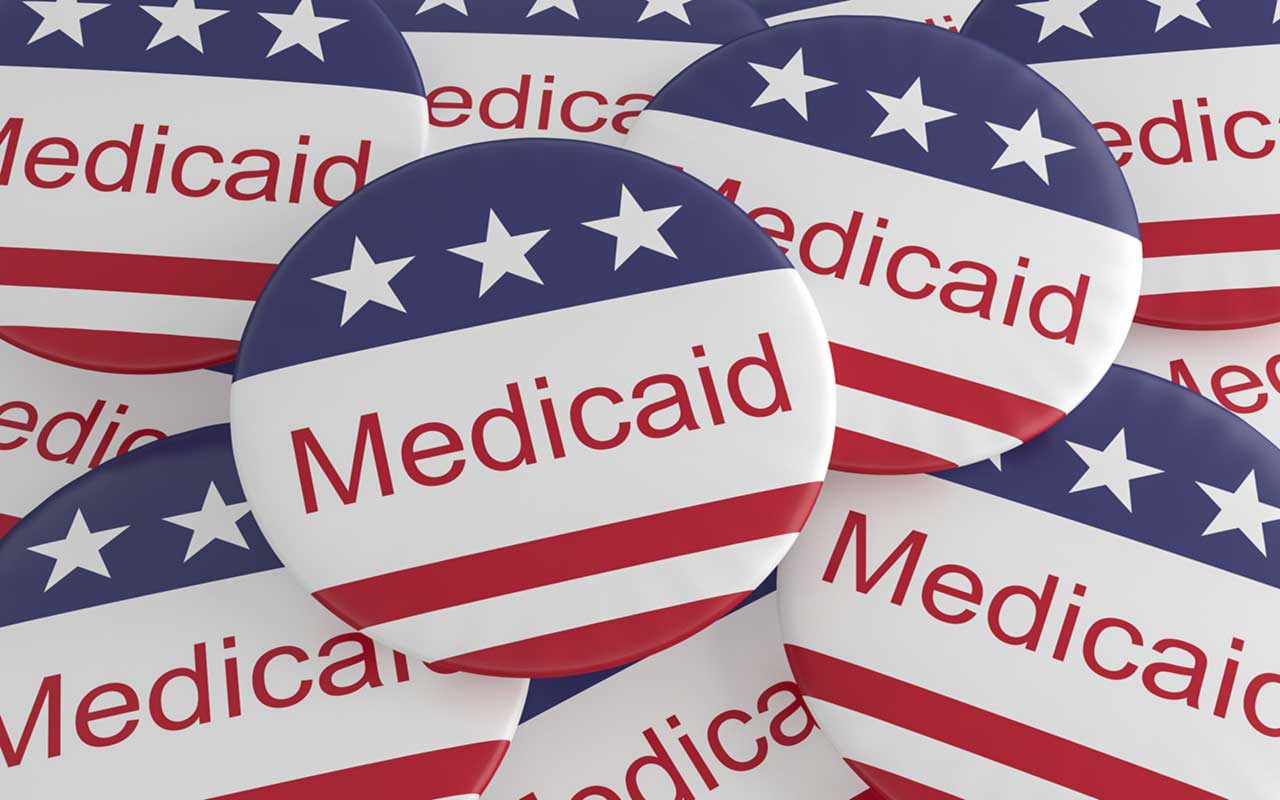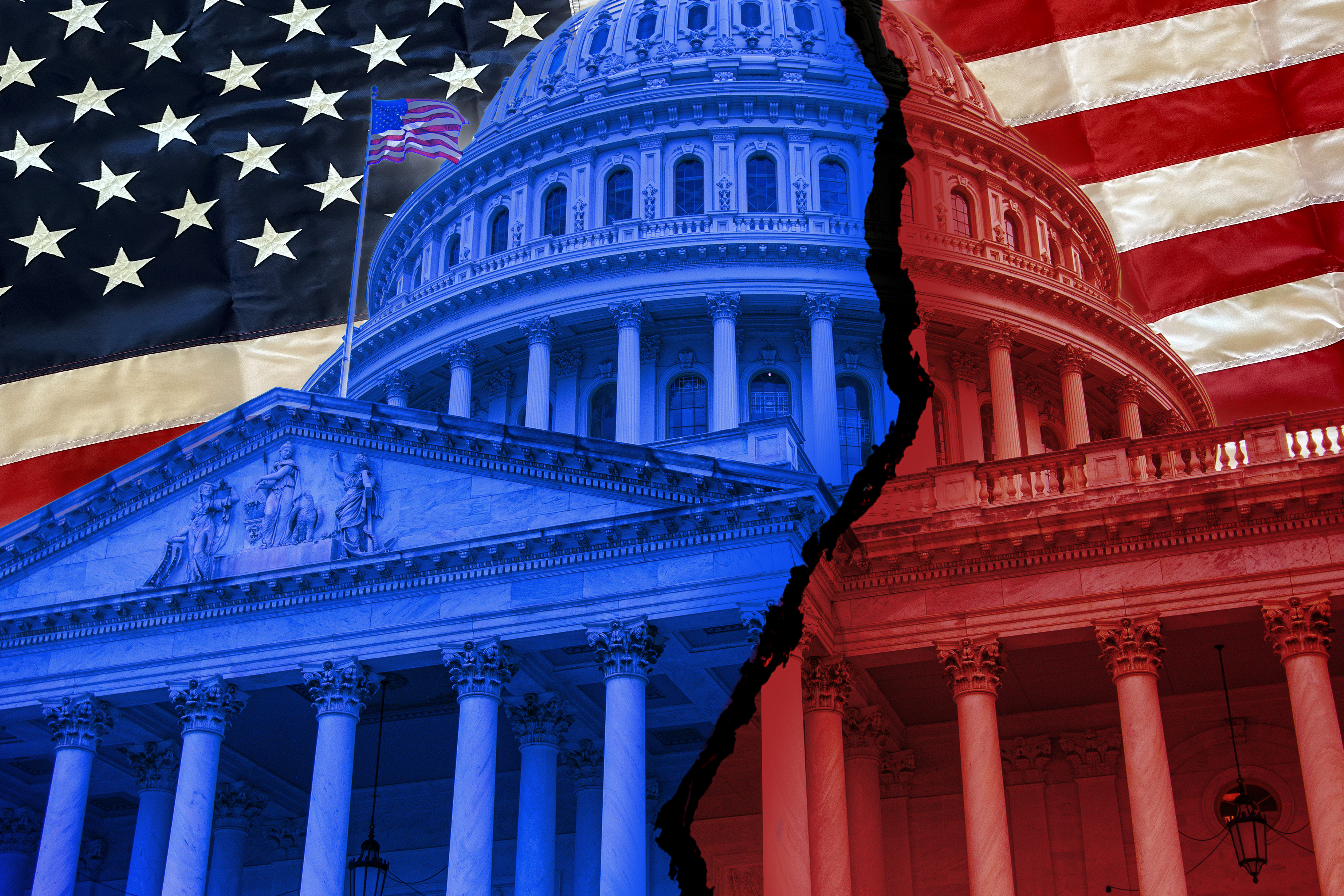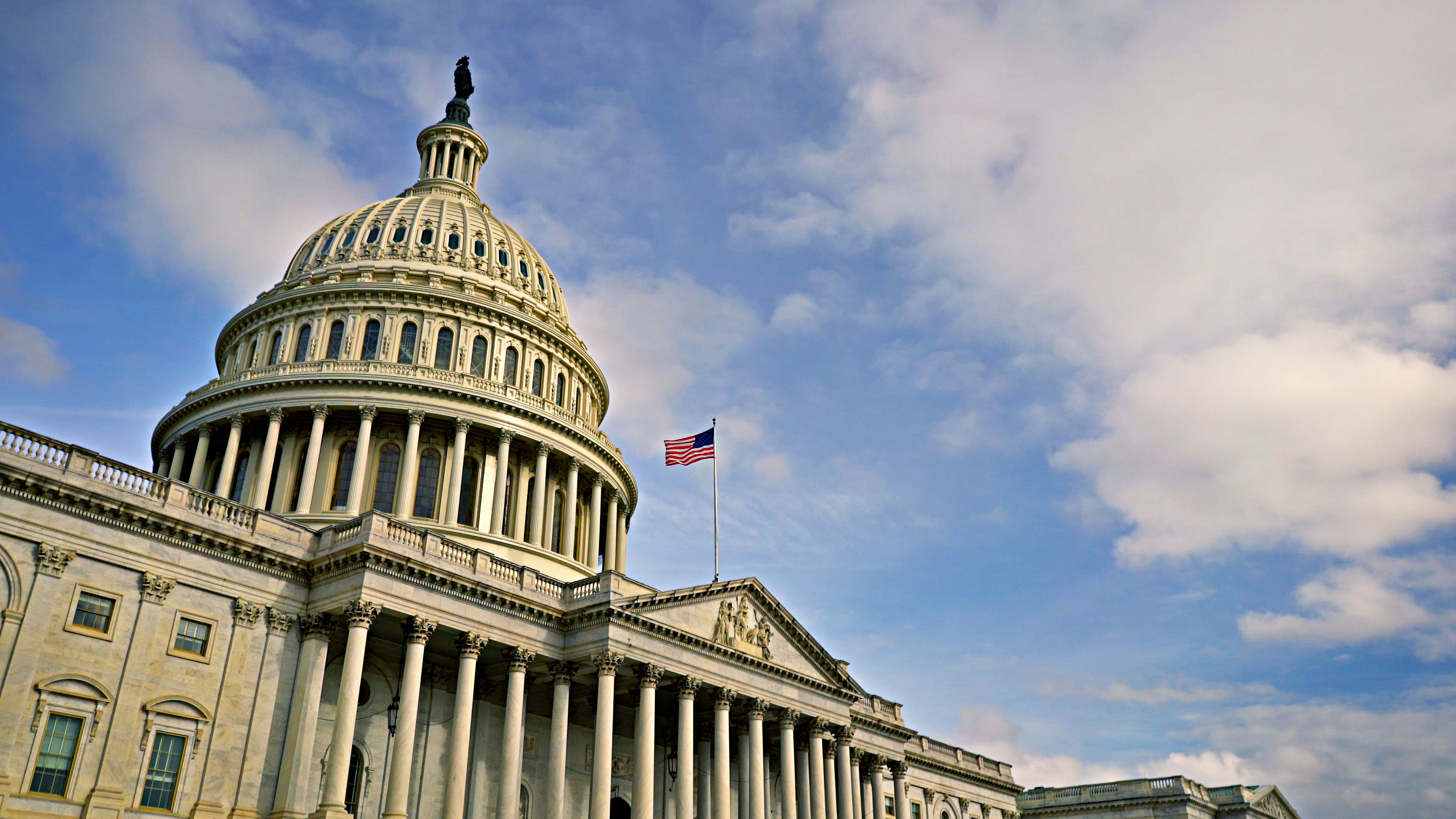Trump’s Tax Cut Risks Your SNAP, Medicaid Benefits
The GOP budget blueprint could slash lifesaving programs for millions of U.S. households.


Tax season might be finished, but your tax breaks and certain federal benefits for next year are still uncertain.
Republicans in the U.S. House of Representatives recently adopted the U.S. Senate’s amended budget resolution for President Donald Trump’s "one, big beautiful" tax policy package.
The blueprint mandates $4 trillion in spending cuts, while offsetting at least $1.5 trillion of the federal budget through cuts to such federal programs as Medicaid and the Supplemental Nutrition Assistance Program (SNAP) over a decade.

Sign up for Kiplinger’s Free E-Newsletters
Profit and prosper with the best of expert advice on investing, taxes, retirement, personal finance and more - straight to your e-mail.
Profit and prosper with the best of expert advice - straight to your e-mail.
The projected federal cuts could impact as many as 41 million U.S. households that received SNAP benefits last year. In November, more than 79 million people were enrolled in Medicaid and the Children’s Health Insurance Program (CHIP) in 50 states and the District of Columbia.
Despite opposition and concerns from several government officials and policy analysts, GOP lawmakers in the House and Senate are figuring out what will be included in Trump’s tax mega-bill, and which safety-net programs and popular tax breaks will be on the chopping block to make it happen.
Here’s what you need to know about Trump’s highly anticipated bill.
What’s included in Trump's tax cuts?
When Trump stepped into office for his second term, it was clear that his administration would have to tackle tax policy immediately. About seven years ago, Trump signed the Tax Cuts and Jobs Act (TCJA) into law, which became the biggest tax overhaul since the Reagan era. But many of the TCJA’s key provisions are set to expire at the end of 2025.
As reported by Kiplinger, the TCJA impacted millions of taxpayers across the U.S., as it nearly doubled the standard deduction, repealed personal and dependent exemptions, and increased the Child Tax Credit (CTC). It also created a $500 tax credit for dependents.
The TCJA also doubled the estate tax exemption, cut the maximum income tax rate to 21%, and more. Many of those provisions are set to expire by the end of this year, so the Republican-led Congress needs to act fast.
What does Trump want to include in his ‘beautiful’ tax policy bill?
- First, the Trump administration is calling for a permanent extension of the TCJA, and adding polices such as no taxes on tips, overtime pay and Social Security benefits for retirees.
- Trump also proposed a deduction for auto loan interest for American-made cars.
- The bill might include changes to the cap on state and local tax (SALT) deductions.
Aside from major tax cuts, which some analysts argue benefit the wealthy, the legislative package also aims to impose policy changes on border security and energy. One proposal includes eliminating the $7,500 federal tax credit for EV purchases.
For recent updates, read Trump’s ‘One Big, Beautiful Bill’ With Trillions in Tax Cuts
SNAP and Medicaid programs face massive cuts

Shoppers browse items on display for sale at an Aldi Stores Ltd. food market in Chicago, Illinois. Over 41 million households were SNAP recipients in 2024.
The budget plan that House Republicans adopted to extend Trump’s 2017 tax cuts calls for slashing at least $1.5 trillion in federal spending in the next decade. Now, GOP lawmakers are deciding what’s on the chopping block.
The House budget resolution targets two major programs, which reportedly include:
- Medicaid cuts: Federal cuts of up to $880 billion (or $88 billion per year) in Medicaid in the next decade. Medicaid is a joint federal and state program that provides comprehensive health coverage for children and adults with limited income.
- States pay for SNAP: Federal cuts of at least $230 billion from Agriculture Committee programs through 2034 by making states pay for a portion of SNAP. SNAP, formerly known as food stamps, is a federal anti-hunger program that provides monthly funds to help low-income households purchase nutritious food.

More than 71 million individuals were enrolled in Medicaid as of November 2024, according to the latest government data. Those benefits could be reduced under the GOP blueprint for Trump's proposed tax cuts.
According to the Center for Budget and Policy Priorities (CBPP), it’s “unrealistic” to assume that most or all states could match the missing portion of federal funds. In fiscal year 2024, tax revenue fell in 40 states after being adjusted for inflation, with many states reportedly projecting looming budget deficits.
As an example, if Pennsylvania had to cover at least 10% of SNAP benefits last year, it would have had to pay nearly $427 million for families to not lose their food benefits. That’s about 1.5 times what the state spends on its entire community college system, the CBPP found.
“Let’s be clear: In this budget framework, there is no way to cut $1.5 trillion in spending while protecting health coverage through Medicaid and food assistance through SNAP,” said Sharon Parrott, CBPP president, regarding House passage of the congressional budget resolution.
Parrott says Congress should reduce Trump’s tax cuts and pay for them with “responsible, targeted revenue” and require corporations and the wealthy to pay their fair share.
At the same time, Rep. Alma S. Adams (D-N.C.) characterized the GOP budget blueprint as “disastrous.”
“This budget is reckless and harmful, and anyone who voted for it has abandoned our working- and middle-class families,” said Adams, citing concerns on how the plans would decimate Medicaid and SNAP federal funding.
Rep. Alma S. Adams, D-N.C.
Can tariffs fund Trump’s tax cuts?
Trump has suggested that tariffs would cover the cost of the bill. However, economists say that Trump’s tax cuts are projected to cost more than tariff revenue can generate.
According to the Penn Wharton Budget Model, enacting Trump's major tax cuts would cost $7.7 trillion, including eliminating taxes on Social Security benefits, income tax on tips, and overtime pay.
- The Yale Budget Lab estimates that Trump’s tariffs as of April 15 raise up to $2.4 trillion in the next decade, with $631 billion in negative dynamic revenue effects.
- The Tax Foundation projected that some of Trump’s universal tariffs alone would raise $3.4 trillion.
That doesn’t count potential economic downturns, which forecasters say could be unraveled by the Trump administration’s recent tariff announcements and escalating trade war.
A poll of more than 300 of the United States' top executives found that more than 60% expect a recession or economic downturn within the next six months due to tariffs. That’s up from 48% who said the same in March.
“This budget architecture was terrible a couple of months ago,” added Parrott. “It is a far worse plan at a moment when the president’s tariffs, chaotically crafted and applied, have caused business uncertainty to soar and raised the risk of a recession, higher unemployment, and surging prices.”
What’s next
As reported by Kiplinger, tariffs on imported goods are regressive taxes that raise prices for U.S. businesses and consumers. It’s clear that tariffs on their own won’t be enough to fund Trump’s planned tax cuts.
Looking forward, Republican lawmakers will have to weigh which popular tax breaks and deductions could be eliminated or reduced to make their budget work. Federal spending cuts worth trillions of dollars could also impact social programs such as Medicaid and SNAP, putting at risk millions of households that depend on those benefits for health care and food security.
Stay tuned to Kiplinger as we report on how Trump’s tax policy agenda could impact you.
Related Content
- Trump’s Plan to Eliminate Taxes on Social Security Forgets Your Children
- Are Tips Taxable in 2025? Understanding the IRS Rules
- What’s Happening Now With Trump Tariffs? April Updates to Know
Profit and prosper with the best of Kiplinger's advice on investing, taxes, retirement, personal finance and much more. Delivered daily. Enter your email in the box and click Sign Me Up.

Gabriella Cruz-Martínez is a seasoned finance journalist with 8 years of experience covering consumer debt, economic policy, and tax. Before joining Kiplinger as a tax writer, her in-depth reporting and analysis were featured in Yahoo Finance. She contributed to national dialogues on fiscal responsibility, market trends and economic reforms involving family tax credits, housing accessibility, banking regulations, student loan debt, and inflation.
Gabriella’s work has also appeared in Money Magazine, The Hyde Park Herald, and the Journal Gazette & Times-Courier. As a reporter and journalist, she enjoys writing stories that empower people from diverse backgrounds about their finances no matter their stage in life.
-
 Investing Abroad Could Pay Off — Here's How
Investing Abroad Could Pay Off — Here's HowCountries overseas are stimulating their economies, and their stocks are compelling bargains.
-
 Retire in Belize for Stunning Natural Beauty and Culture
Retire in Belize for Stunning Natural Beauty and CultureBelize offers miles of protected land and ocean, a rich mix of cultures and a chill lifestyle. Best yet — the income requirement is just $2K per month.
-
 Will a GOP 'Big Bill' Incentive Help Donors Avoid Capital Gains Tax?
Will a GOP 'Big Bill' Incentive Help Donors Avoid Capital Gains Tax?Tax Policy As U.S. Senate Republicans mark up their version of the One Big Beautiful Bill Act, one provision proposed a major tax break for private school donors.
-
 2025 SALT Cap Could Hurt Top 'Hidden Home Cost'
2025 SALT Cap Could Hurt Top 'Hidden Home Cost'Tax Deductions The latest GOP tax bill might make hidden homeowner costs worse for you. Here’s how.
-
 No Social Security Tax Cuts in Trump’s 'Big Bill'? What Retirees Need to Know
No Social Security Tax Cuts in Trump’s 'Big Bill'? What Retirees Need to KnowTax Policy Eliminating taxes on Social Security benefits is missing from President Trump’s proposed tax overhaul. Here’s why and what an alternative offering could mean for retirement taxes.
-
 Treasury Deal Kills Trump’s ‘Revenge Tax’ After G7 Agreement
Treasury Deal Kills Trump’s ‘Revenge Tax’ After G7 AgreementTax Law A retaliatory tax that would have exposed U.S. jobs and retirement savings to risk is likely to be scrapped from Trump’s megabill.
-
 Is Your State Coming For Your Online Sports Bets?
Is Your State Coming For Your Online Sports Bets?State Tax Several states are trying to hike sports betting tax rates in 2025. Here’s how it could affect you.
-
 Five Surprising GOP Senate Bill Tax Changes to Know
Five Surprising GOP Senate Bill Tax Changes to KnowTax Policy Senate Republicans released proposed tax changes for Trump’s ‘one big, beautiful bill.” Some provisions are already stirring debate.
-
 Senate Seeks $6,000 'Bonus' Tax Deduction for Those Age 65 and Older
Senate Seeks $6,000 'Bonus' Tax Deduction for Those Age 65 and OlderTax Reform Under Trump’s ‘big bill,’ the Senate Finance Committee has proposed a larger bonus tax deduction for older adults than the House. Will it pass?
-
 Don't Miss These Four Tax Breaks for Americans Living Abroad in 2025
Don't Miss These Four Tax Breaks for Americans Living Abroad in 2025International Tax U.S. expats can reduce their tax burden by taking advantage of a handful of tax credits and deductions.